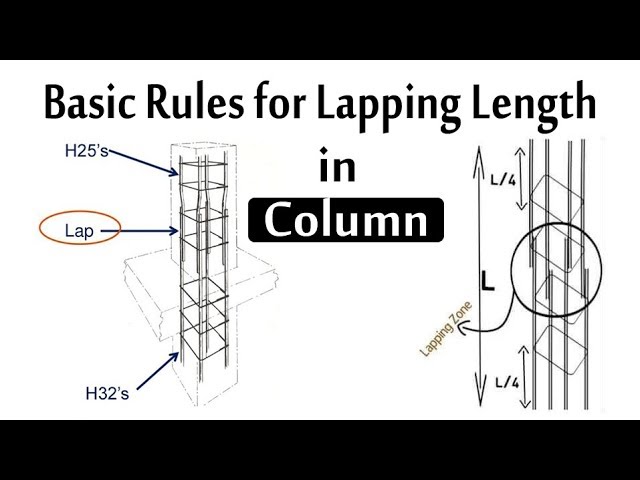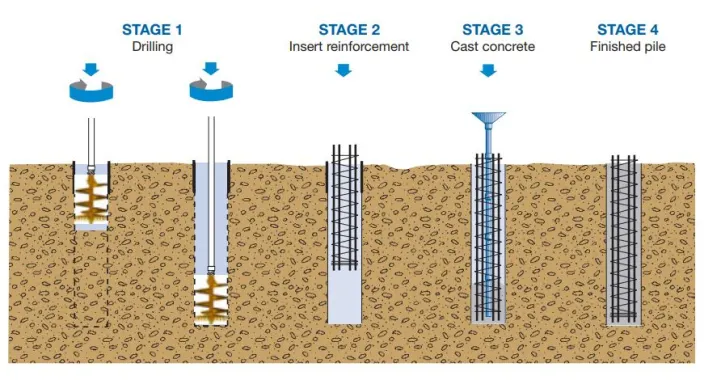Have you ever wondered what is the difference between one way slab and two way slab? What are the advantages and disadvantages of one way and two slabs? Where do actually these work and everything related to increasing your knowledge about slabs? Do not worry, this article is all about knowing the difference between a one-way slab and a two-way slab and everything related to it.
Slabs are the most integral part of the construction sites. It provides a flat surface for construction purposes and makes the place stable. However, there are different forms of slabs used as keen elements in the construction field. These slabs help to improve the life span of the roof and the floor. More than that, it gives additional stability to the surface to build mega structures.
This blog will discuss the different forms of slabs that play a crucial role in construction projects. Not only that, you will learn about what is a slab with what is one way and two slabs, and details about them. We will also mention the difference between one way slab and two way slab. Let’s have a look and read below.
What Exactly is a Slab?
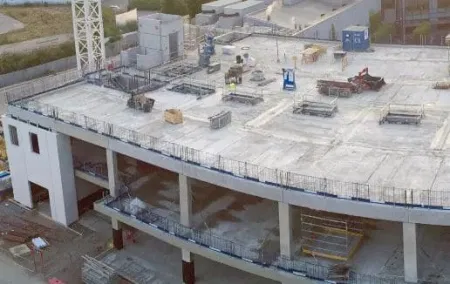
A slab is a form of concrete elements constructed on the floor surface to provide stable and flat surfaces. The structure is typically helpful in providing horizontal surfaces and building roofs, bridges, floors, and many other structures.
The slab also provides ideal support to the types of walls through beams that are normally integrated with the slab monolithically. It’s a plate element form with depth and offers rigidity to the structure with structural steel beams. These slabs can be used on roofs and floors of the building.
What are the Different Types of Slabs?
Depending on the structure design, the slab can vary in shape. There are many types of slabs that can be constructed but depends on what you want to build. Some of the common types of slabs are as follows:
- One way slabs
- Two-way slabs
- Rectangular slabs
- Waffle slabs
- Circular slabs
- Flat slabs that are directly supported on the surface column without any beams
These are some of the slabs that are present in the modern world. We will soon be coming up with a post that will help you learn about all these types of slabs we have mentioned above. But in today’s article, we will focus on one way and two way slabs. So, let’s move on and find what is one-way slab first.
Do not forget to check the types of cement used in construction because that is an integral part of making slabs as well.
What is One Way Slab?
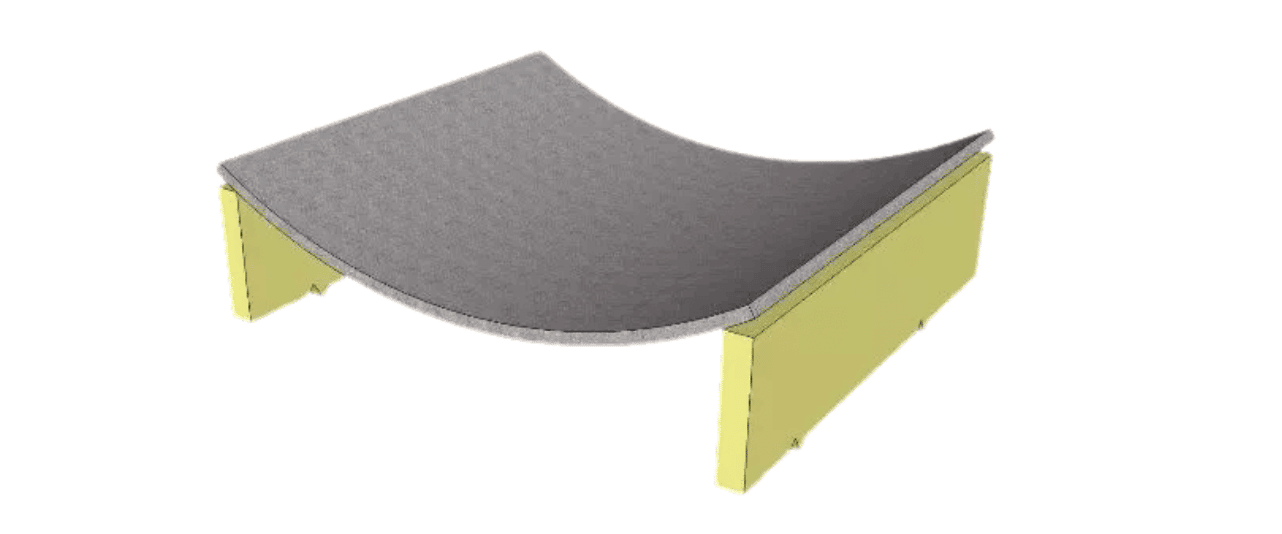
The way slab is supported with rigid support on two opposite sides to carry the load with the help of flexures at the right angle or perpendicular to the support. The plane surface of the slab will be deformed into the form of a cylindrical surface having a curvature surface which further develops the bending moment only in one direction. These kinds of slabs are known as one-way slabs.
This kind of slab will act as the strong base and shallow beam having a large width. It provides support from all sides and improves the life span of the floors.
Key Reinforcement Details of One Way Slab
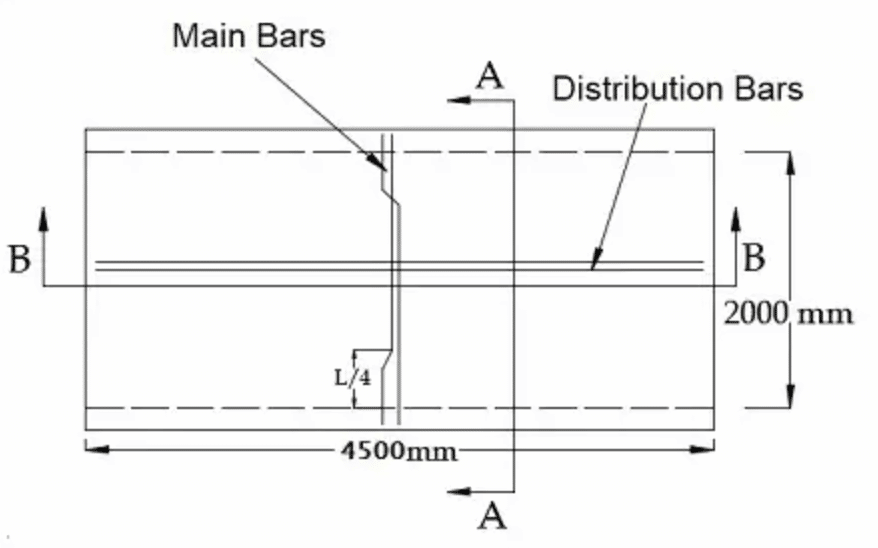
The one-way slab has one size larger as compared to the other one. The maximum load will be on the larger side. Hence, it is vital to provide rigid support to the larger side. Therefore, the entire reinforcement bars must be parallel to the shorter side to provide adequate support.
The distribution bars are offered on the longer side, which doesn’t help handle the load. As a result, the entire reinforcement bars will be given on the shorter side. The distribution bars will be on the longer side.
What is Two Way Slab?
The rectangular or two-way slab is supported on three of four adjacent edges and has a longer to shorter span lower than the two. This kind of slab carries the load through flexure within two perpendicular directions. The slabs are known as two-way slabs.
The slabs are also supported directly on the surface column without any supportive beams or other forms of girders known as flat slabs. In this form of slabs, shear forces and large moments are produced within the column vicinity. This is why; these slabs are slightly thickened on the areas that enclose the column.
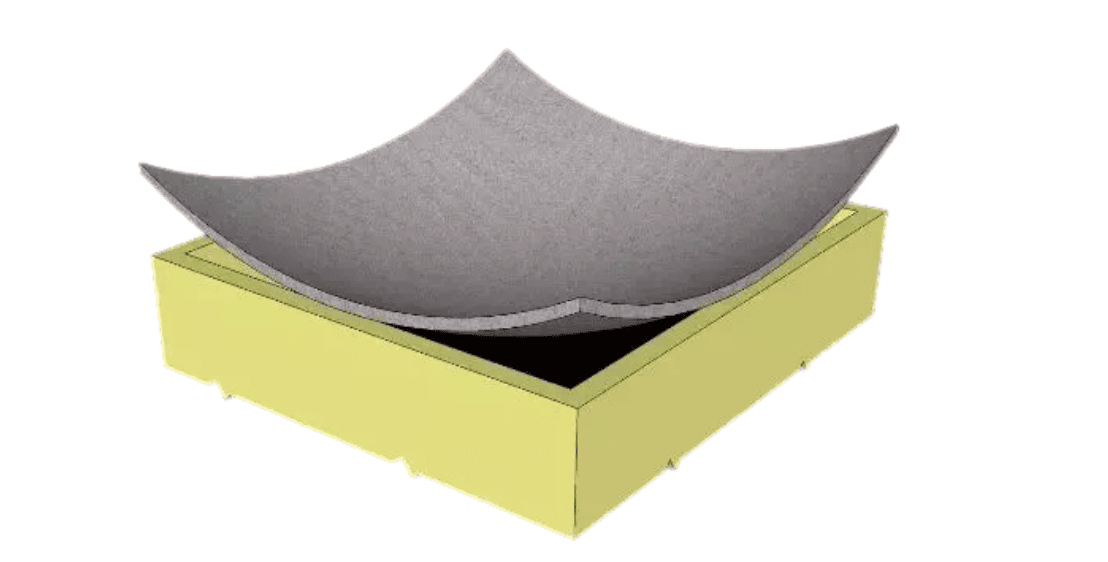
Moreover, the column of the slabs is flared on the top of the slabs to reduce the stress due to negative and shear forces bending moment. This kind of arrangement is also known as column heads and drop panels.
Both the column and panels are omitted when the spans of the two-way slabs don’t have excessive loads. This kind of slab plate is called a flat plate, recessively formed on the soffit known as waffle slabs.
Key Reinforcement Details of the Two Way Slabs
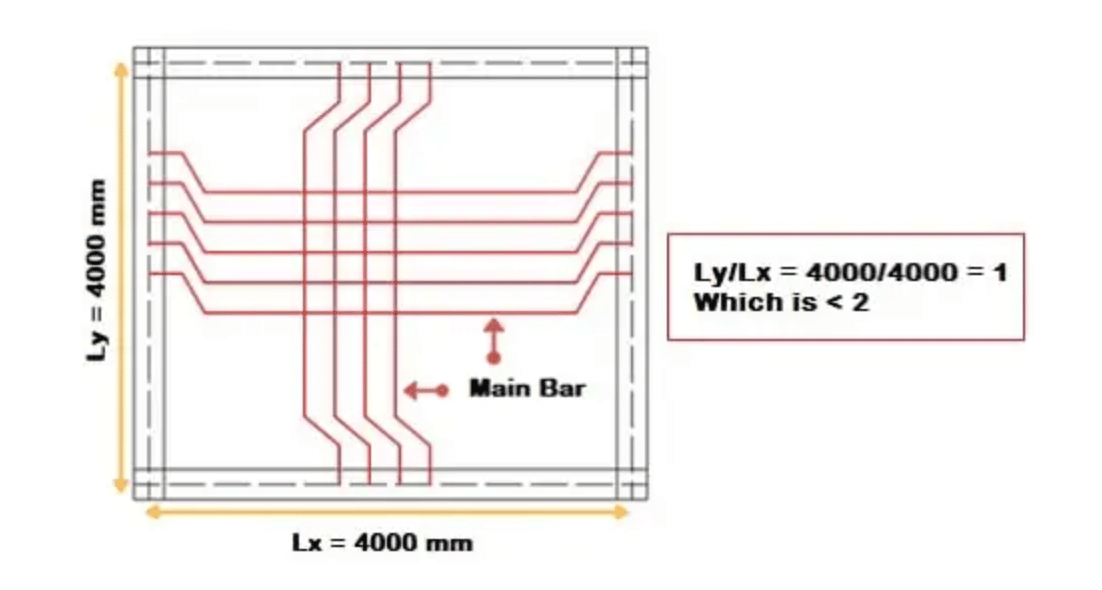
The two-way slabs are those in which loads are distributed in both directions, shorter and longer. Moreover, the main reinforcement bars are also provided in longer and shorter directions. Therefore, the loads will be distributed on two sides equally. Also, the slabs having reinforcement within both directions are highly cost-effective compared to the one-way slabs.
Difference Between One Way Slab and Two Way Slab?
If you are with us till now, you must have understood a lot about one-way slabs and two-way slabs. Now is the time to check the table that will help you learn the difference between one way slab and two way slab.
|
One Way Slabs |
Two Way Slabs |
|
This type of slab is supported on two opposite sides by a beam. |
Support this kind of slab in the opposite direction. All four directions support this kind of slab by the beam. |
|
The load will be distributed in one reinforced direction, perpendicular to the given supported beam. |
The load will be distributed in both directions. |
|
It has two opposite side walls/beams. |
Four opposite sides walls mins the side supported beam. |
|
This slab bends only in the one-spanning direction during the transfer of the load. |
This kind of slab bend in both spanning direction when transferring the load. |
|
The crank is provided only in one direction. |
In this slab, the crank will be distributed in all four directions. |
|
If the ratio of the L/b is greater than the two, this slab is known as one-way slab. |
If the ratio of the L/B is less than two, this slab is known as the two-way slab. |
|
The load will be carried only in one direction, which is perpendicular to the given supported beam. |
The load will be distributed in both directions that are perpendicular to the supported beam. |
|
The deflected shape is cylindrical of the one-way slab. |
The deflected shape is of saucer-like shape in the two-way slab. |
|
Varanda and Chajja are two common practical examples of such kinds of slabs. |
These kinds of slabs are used on floors and for other construction purposes. |
|
The steel quantity is less in the one-way slab. |
The steel quantity is greater in the two-way slabs than in the one-way slab. |
|
The entire reinforcement is on the short span due to banding. |
The whole reinforcement is on short span due to the banding. |
|
The one-way slab has 100-15mm according to the deflection. |
The two-way slab is between the range of 100-200mm according to the dependency. |
|
This is economical, around 3.5 m. |
This is economical for the different panels having a size of approximately 6 x 6m. |
These are some of the major difference between one way slab and two way slab. You can choose any type according to the type of construction you are going to do.
FAQs
-
Where is two way slab used?
Generally, two way slabs are used in low-rise buildings, warehouses, and parking structures.
-
How to design a one way slab?
One way slab design is pretty much easier. When any slab is supported on all four sides and the ratio of short to long span is equal to or more than two, you can consider it a one-way slab.
-
Where to use one way slab?
When you divide a longer span with a shorter span and the value is greater than 2, you can use one way slab design. Mostly for office buildings, one way slab is used.
The Final Words!
So, this is all when we talk about the difference between one way slab and two way slab. Now, you will be able to know the key differences and use the concept in construction projects. The one-way and two-way slabs are useful in providing a stable and secure surface with an improved life span. However, depending on the requirement and surface of the construction, you can use the one-way and two-way slabs wisely to give rigidity to the structure.
If you still have any confusion or anything you need to ask about the difference between one way slab and two way slab, do let us know in the comments section below. We will try to resolve it as soon as possible.



